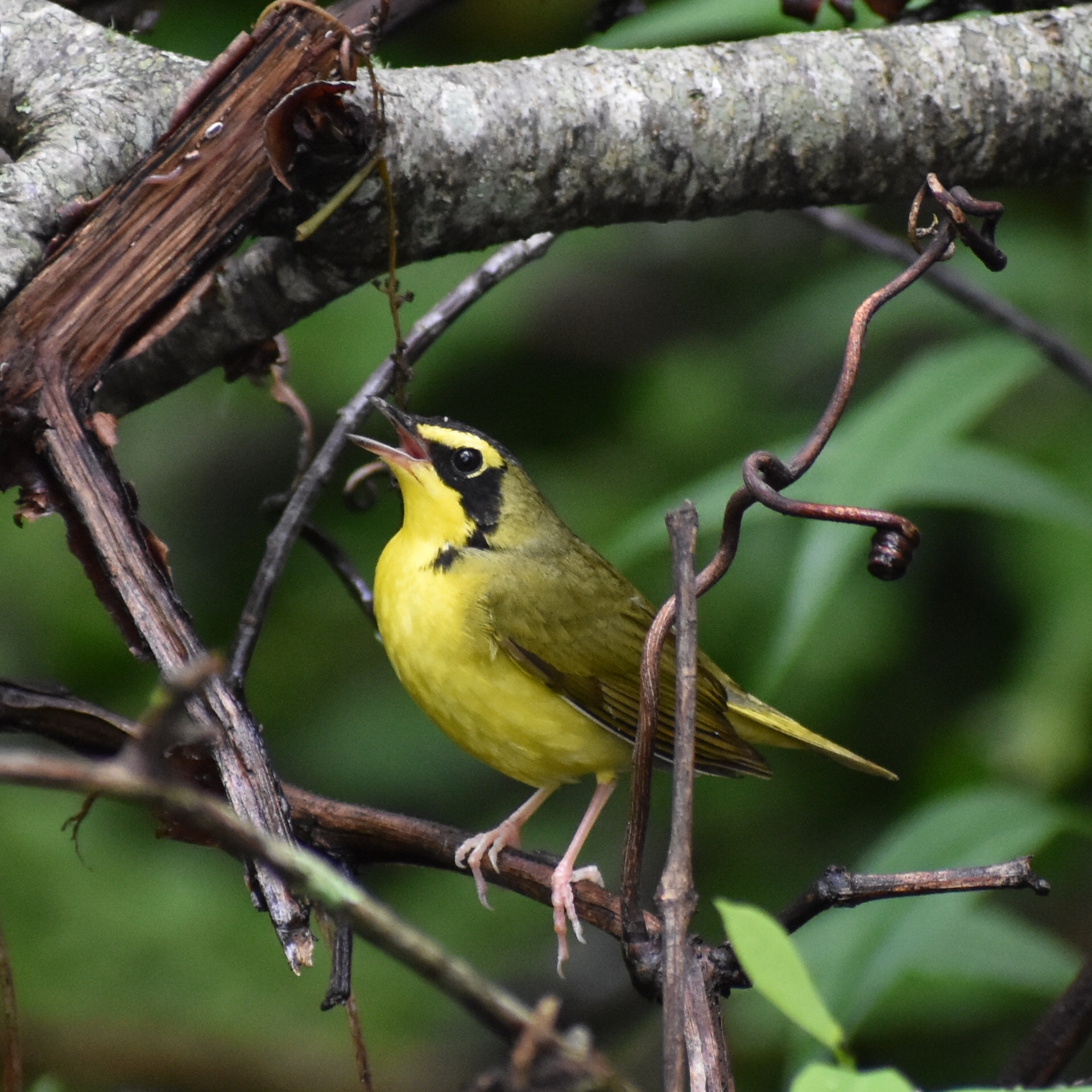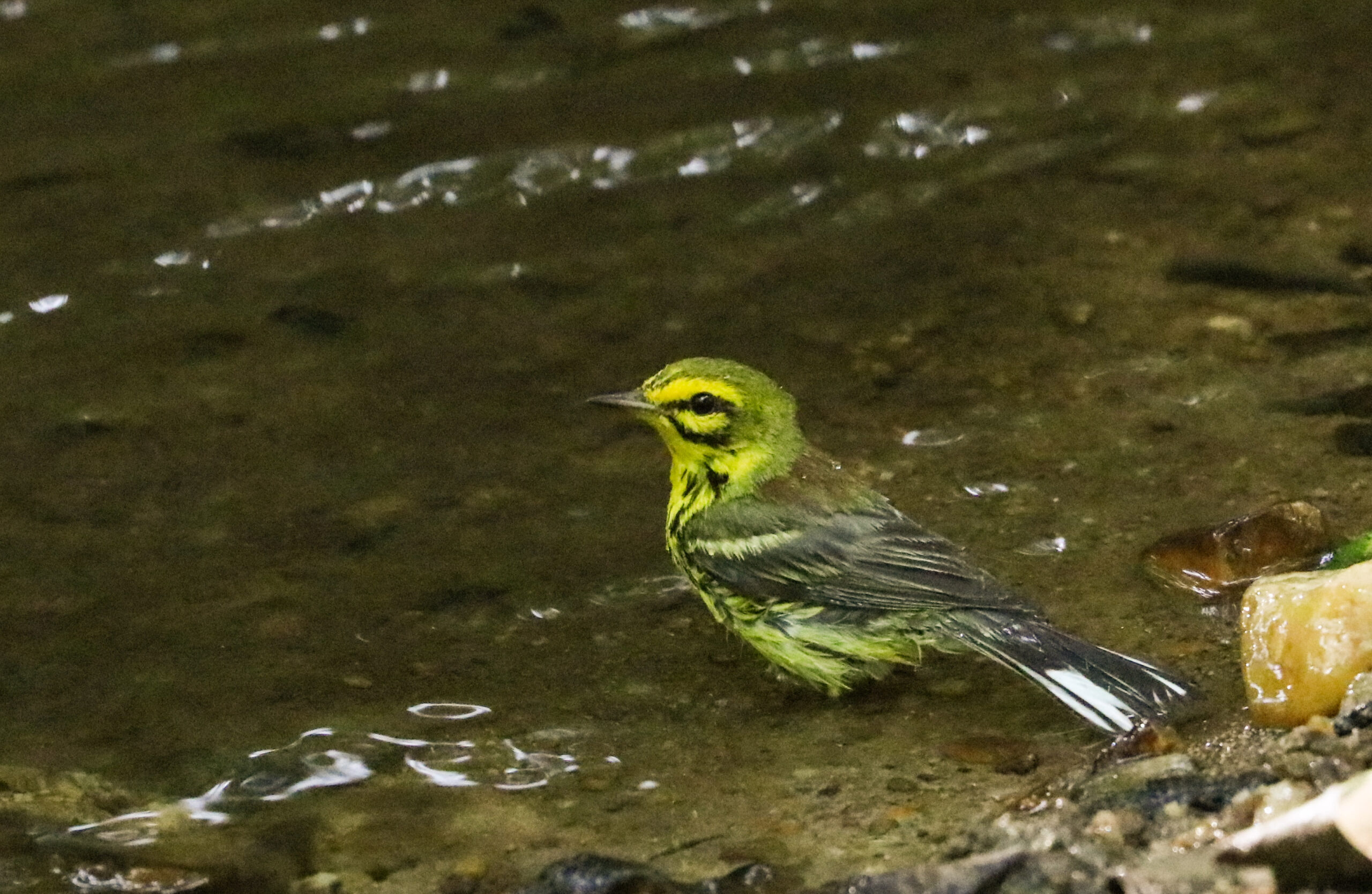
A Race Well Run - Post-season Update 2020
Leaves are turning gold and frost covers the grassy fields here in the mountains of southwest Virginia. Drab little Cape May and Tennessee Warblers flit through the tree lines, while streams of Common Nighthawks track southward through the river valleys. These heralds of Autumn signal a finale that was hard to imagine nearly five years […]











